
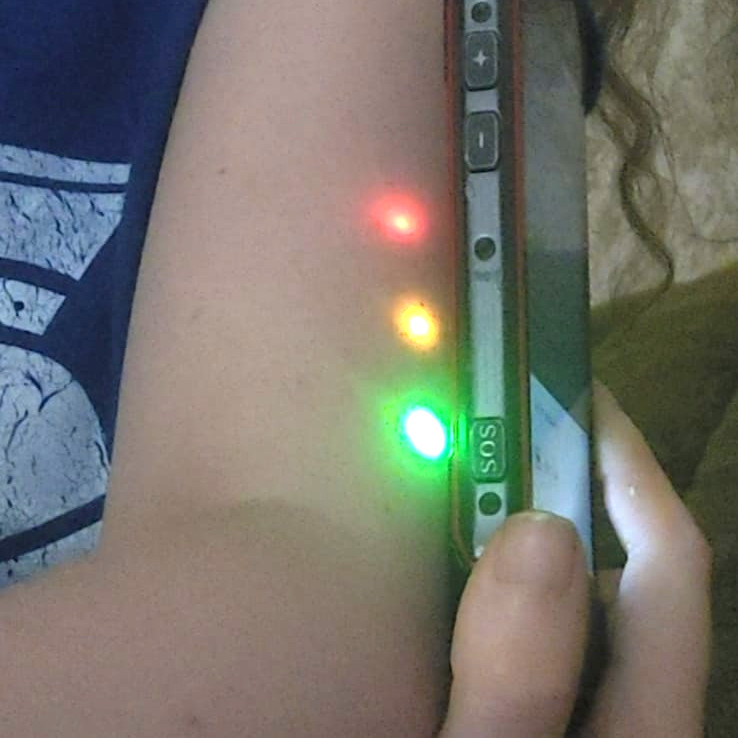
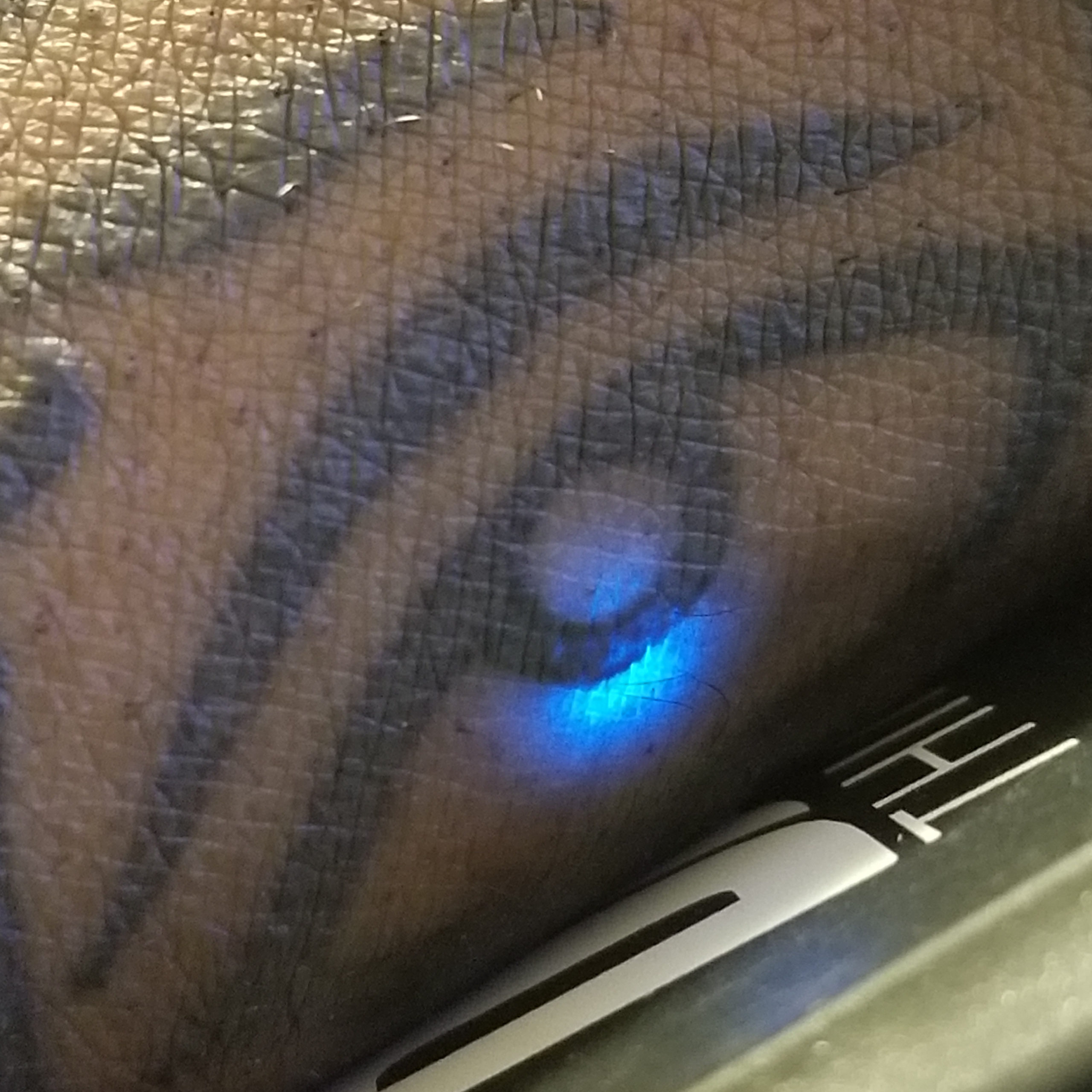

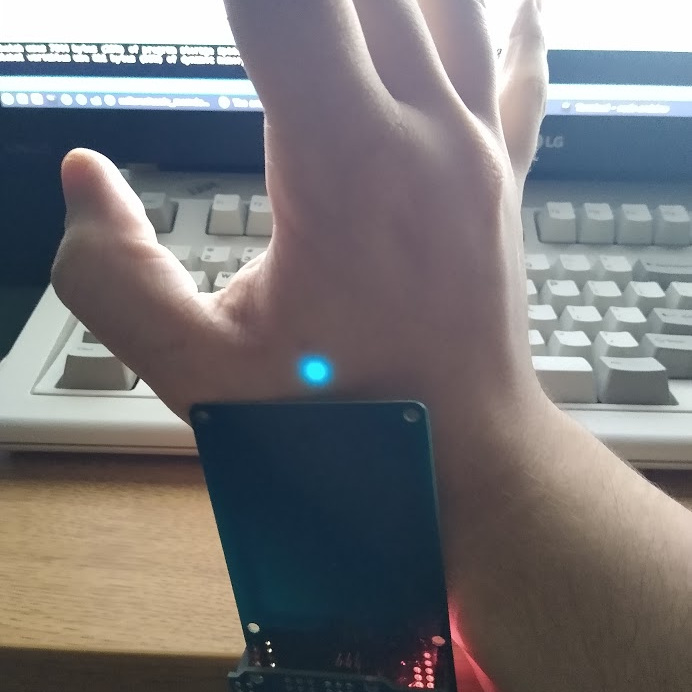
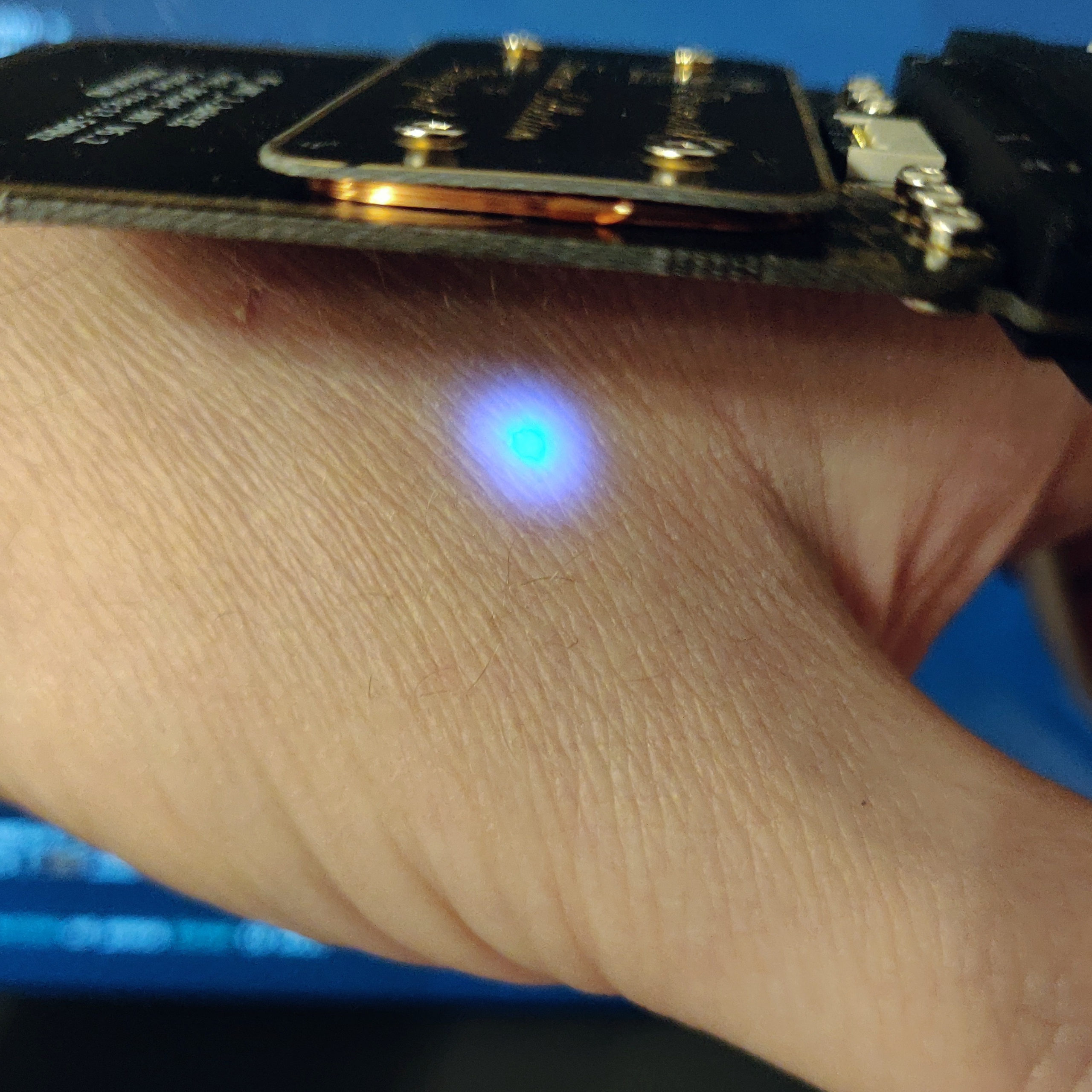

xSIID NFC + LED Implant
Made with the Dsruptive SIID OEM module, the xSIID merges Dsruptive design with Dangerous Things materials, manufacturing, and testing.
- 13.56MHz ISO14443A & NFC Type 2 chip
- 2.1x15mm cylindrical sterile bioglass implant
- Want an analog? Check out the STL
- 1kB (888 bytes) of user writable memory
- Integrated power harvesting LED indicator
Check out our community showing off their blinkies!
$120.00
More Details
WARNING This kit definitely contains dangerous things. While our chip implants have undergone several quality checks during manufacture and have been put through a battery of tests, nothing has been certified by any government regulatory agency for implantation or use inside the human body. Your personal decision to purchase and ultimately the safe use of these devices is strictly your responsibility and at your own risk. The xSIID is a next generation NFC compliant microchip implant which leverages the SIID, an innovative OEM module design from Dsruptive. The module houses both an NTAG I2C NFC chip and an LED indicator tied to the energy harvesting pins of the NTAG I2C. This design ensures the LED does not interfere with operation of the NFC chip and always receives filtered power output regardless of field variance. The xSIID comes in a variety of colors and offers the 1kB (888 bytes) user writable memory. You can store website URLs, contact details, or arbitrary binary data and share that with anyone who scans your xSIID with an NFC enabled smartphone!
The xSIID is a next generation NFC compliant microchip implant which leverages the SIID, an innovative OEM module design from Dsruptive. The module houses both an NTAG I2C NFC chip and an LED indicator tied to the energy harvesting pins of the NTAG I2C. This design ensures the LED does not interfere with operation of the NFC chip and always receives filtered power output regardless of field variance. The xSIID comes in a variety of colors and offers the 1kB (888 bytes) user writable memory. You can store website URLs, contact details, or arbitrary binary data and share that with anyone who scans your xSIID with an NFC enabled smartphone!
What can this chip implant do?
• Some types of access control applications
• Share data with NFC enabled smartphones
• Trigger events on NFC devices like smartphones
• Scan this chip implant to log into your computer
• Lights up an LED under your skin when scanned
What this chip implant can’t do
• Can’t copy other chip IDs to this chip, ID is set
• Can’t make payments with this chip implant
• Chip implants can’t be used for GPS or tracking
xSIID Kit Contents
The xSIID kit contains the following products and materials, which are designed to enable you to bring the kit to a professional installation partner for installation.
- 1 sterile injector assembly, pre-loaded with xSIID chip implant
- 2 single use ChloraPrep antiseptic wipes
- 1 sterile gauze pad for post-installation wound care
- 1 sterile expandable-fabric adhesive bandage
- 1 pair of non-sterile, non-latex procedure gloves
xSIID Kit Extras
The following accessories also come with the xSIID Kit. These accessories are “field detection” tools designed to assist you with identifying the type of readers you may encounter, but also the best location and orientation to present your xSIID chip implant to any reader to get reliable performance.
Our X Field Detectors (XFD) will show you the best position and orientation to present your chip implant to any readers of the same frequency, while our RFID Diagnostic Card will tell you all about the frequency and duty cycles of random readers you encounter in the wild.
Important Things To Know
Please expand the sections below to read up on things like performance expectations, return policy, installation procedure, etc.
 The NTAG I2C chip used in the SiiD module we used to construct the xSIID implant has 2kB of memory, split into two large memory sectors. The problem is that the NTAG I2C chip is not commonly used by consumers, and at the moment there are no apps available that properly identify and read the entire user memory beyond 1kB. Please read this forum post carefully as it explains the issue and possible remedies; https://forum.dangerousthings.com/t/so-what-happened-with-the-2k-memory-on-the-xsiid
The NTAG I2C chip used in the SiiD module we used to construct the xSIID implant has 2kB of memory, split into two large memory sectors. The problem is that the NTAG I2C chip is not commonly used by consumers, and at the moment there are no apps available that properly identify and read the entire user memory beyond 1kB. Please read this forum post carefully as it explains the issue and possible remedies; https://forum.dangerousthings.com/t/so-what-happened-with-the-2k-memory-on-the-xsiid

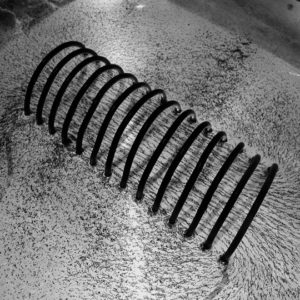 Passive RFID and NFC chips are magnetically coupled devices that power themselves and communicate data over a shared magnetic field the reader generates. This means their effective read range and performance depends entirely on how well the antenna coils of both the tag and reader couple with each other. This typically means the
Passive RFID and NFC chips are magnetically coupled devices that power themselves and communicate data over a shared magnetic field the reader generates. This means their effective read range and performance depends entirely on how well the antenna coils of both the tag and reader couple with each other. This typically means the 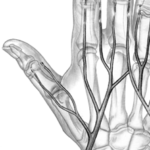 Our x-series transponders are typically installed into the webbing between the metacarpal bones of the index finger and thumb, resting parallel to the index metacarpal. The reason they are installed in the hand has to do with the extremely short read range of x-series chips and the typical use case being some form of access control where the tag must be presented to a fixed reader of some kind. The suggested placement within the hand was chosen due to the lack of major nerve bundles or blood vessels running through that area.
Our x-series transponders are typically installed into the webbing between the metacarpal bones of the index finger and thumb, resting parallel to the index metacarpal. The reason they are installed in the hand has to do with the extremely short read range of x-series chips and the typical use case being some form of access control where the tag must be presented to a fixed reader of some kind. The suggested placement within the hand was chosen due to the lack of major nerve bundles or blood vessels running through that area.
 Achieving a safe installation definitely requires a steady hand and experience performing aseptic procedures. Dangerous Things prefers our customers locate one of our
Achieving a safe installation definitely requires a steady hand and experience performing aseptic procedures. Dangerous Things prefers our customers locate one of our